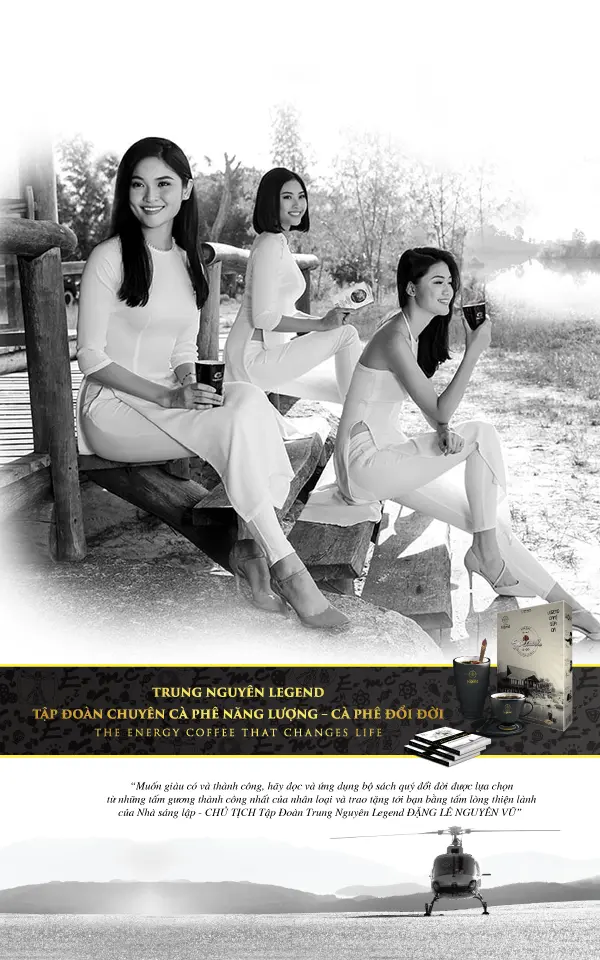Article 19: Coffee Awakened Humanity – Italian style
The characteristic constituting the “Italian Style” in coffee enjoyment is clearly the pride of people who belong to a country that is finding its roots and re-creating its own splendor.
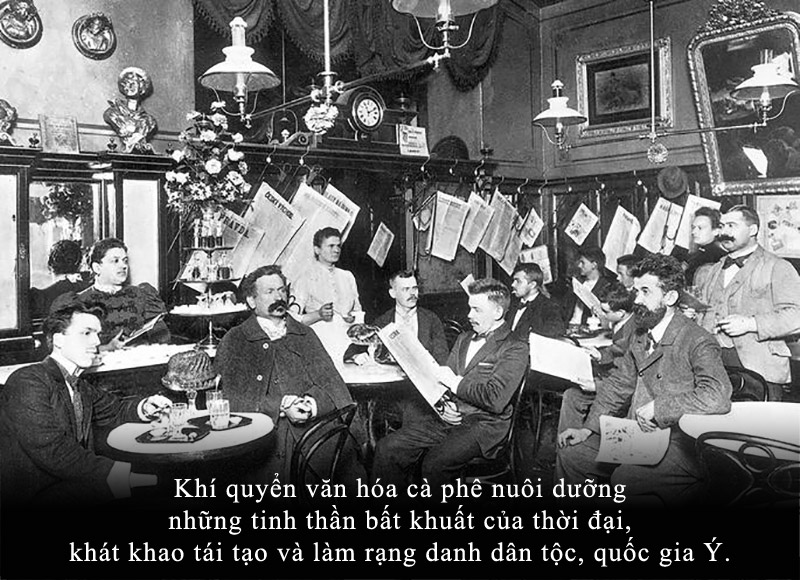
The coffee culture atmosphere nurtures the indomitable spirits of the times, the desire to recreate and glorify the Italian people and nation.
Coffee had followed the prosperous trade route of the Ottoman Empire to Venice since 1600. As soon as coffee appeared in Italy, Christians viewed the “drink from the Muslim world” as a threat. threaten. They tried to convince Pope Clement VIII to ban its use. Before the verdict, the Pope tasted the coffee himself and from the first sip he was in amazement of this wonderful drink. The Pope decreed: “The taste of coffee is too pleasant, it cannot be the product of the devil and it would be damaging for Muslims to enjoy this taste exclusively. Let’s break that by accepting coffee!” Next, Pope Clement VIII performed a baptismal rite, declaring coffee a Christian drink, marking the coffee boom in Italy and spreading throughout Europe.
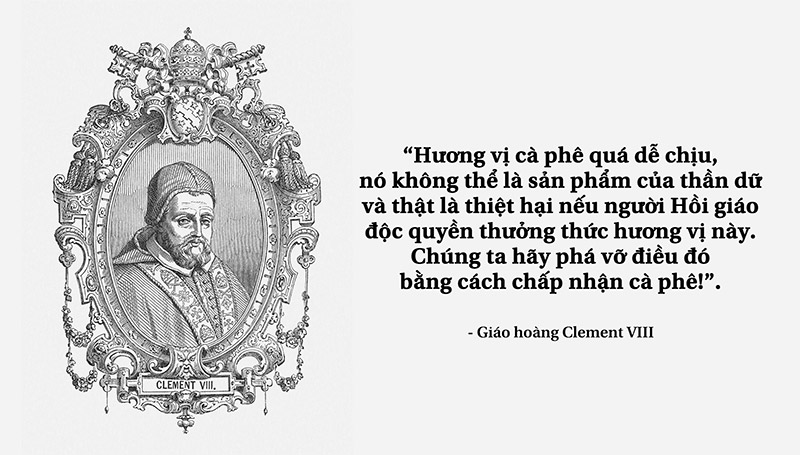
“The taste of coffee is too pleasant, it cannot be the product of the devil and it would be damaging for Muslims to enjoy this taste exclusively. Let’s break that by accepting coffee!” – Pope Clement VIII
Italy has been the center of the civilizations of Nuragic, Etruscan, Magna Graecia, Roman… dominating Western Europe, North Africa and the Mediterranean for centuries, making immeasurable contributions to mankind. During the Renaissance, Italy was a place of strong development in art, architecture, literature, science, history and political theory that influenced all of Europe. From that magnificent history, Italians have always tried to assert themselves as a symbol of a lifestyle imbued with the quintessential identity of a civilized nation and power. Even in the types of coffee and the way of service, it also reveals the historical role of Italy, especially Venice – the first city to honor Italian-style coffee.
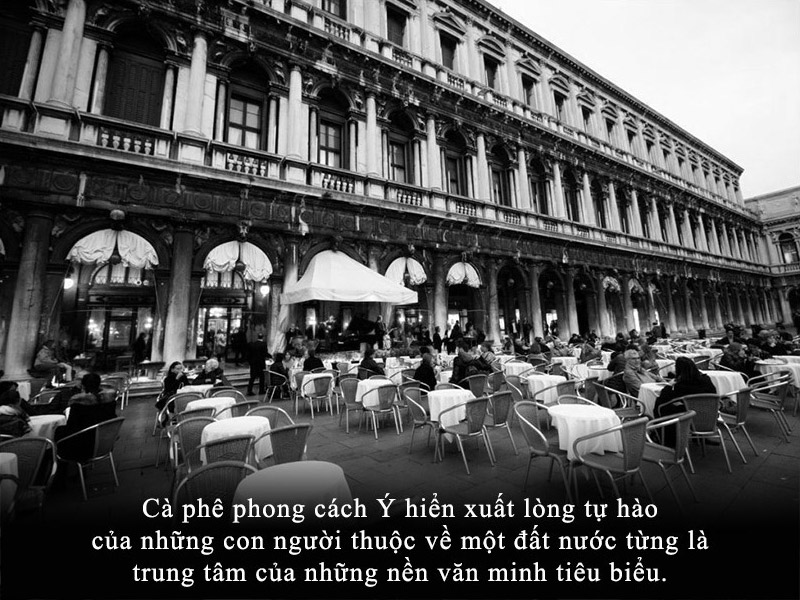
Italian style coffee shows the pride of people who belong to a country that was once the center of typical civilizations.
For more than 300 years, Venice coffee has been an integration of different ways of enjoying coffee, from Ottoman coffee to English, French, German filter coffee… all present as a message of the journey of development of Venice along with the Eurasian trade process, which is also a pervasive journey of coffee.
It was not until 1930, with the advent of Espresso, that “Italian Style” coffee became complete. Compared to coffee from the East that chooses to cook and brew, Western coffee is more inclined to filter because water flows from the top or steam rises from the bottom, the difference of Espresso is to create a large pressure for boiling water to quickly penetrate through the coffee powder, extracting the essence of coffee with a layer of attractive foam on the surface.
With that method, Italian Espresso has created a new art of coffee preparation and enjoyment. The coffee maker – Barista – is an artist who controls and demonstrates the concentration, color and shape of the extracted coffee essences, and the coffee drinker also becomes a coffee expert, knowing his preferences, being able to distinguish and enjoy the finest coffees. That is also the unique pride of “Italian Style” coffee.
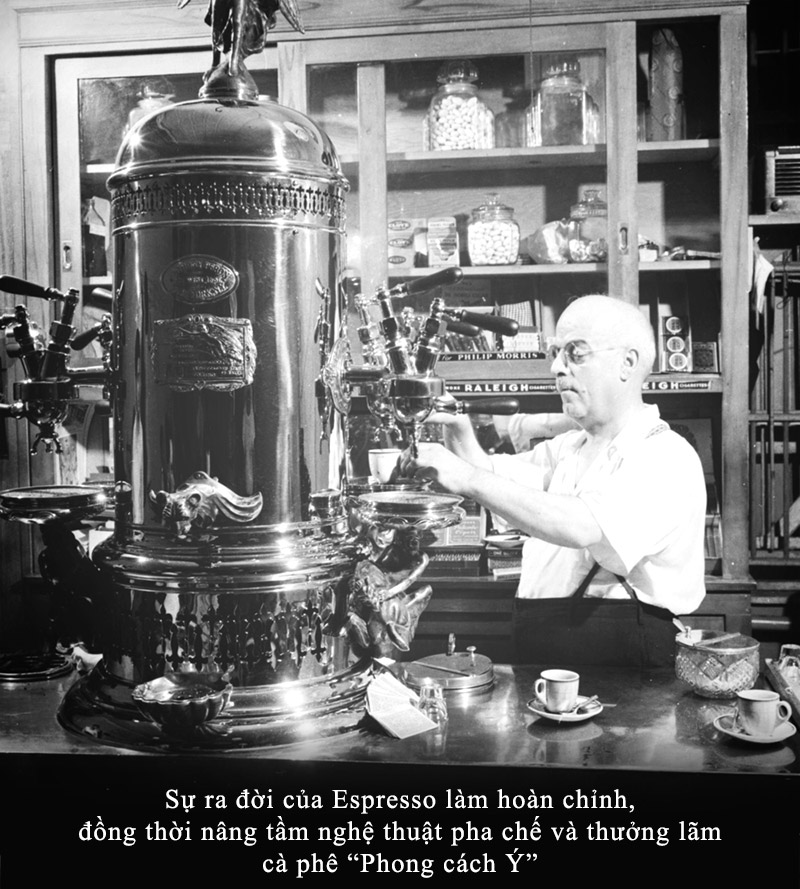
The advent of Espresso completes and elevates the art of making and enjoying coffee in the “Italian Style”
Coffee shops also became a place to convey the unique cultural atmosphere and especially the long-standing civilization of Italy. For example, the Caffè Florian (1720) was decorated purely on themes that highlight Venice’s resilience and superiority. Caffè Pedrocchi (1839) with historical spaces was considered a “private academy” that regularly organized thematic activities on the art and cultural history of Italy and Western Europe. Caffè Michelangiolo (1845) was a place that symbolized the extraordinary wishes and hopes of the Italian people. Caffè Aragno and Caffè Craja were two cafes that marked the prominence of the “Italian school” from painting, sculpture to industrial art that has been influential until today…
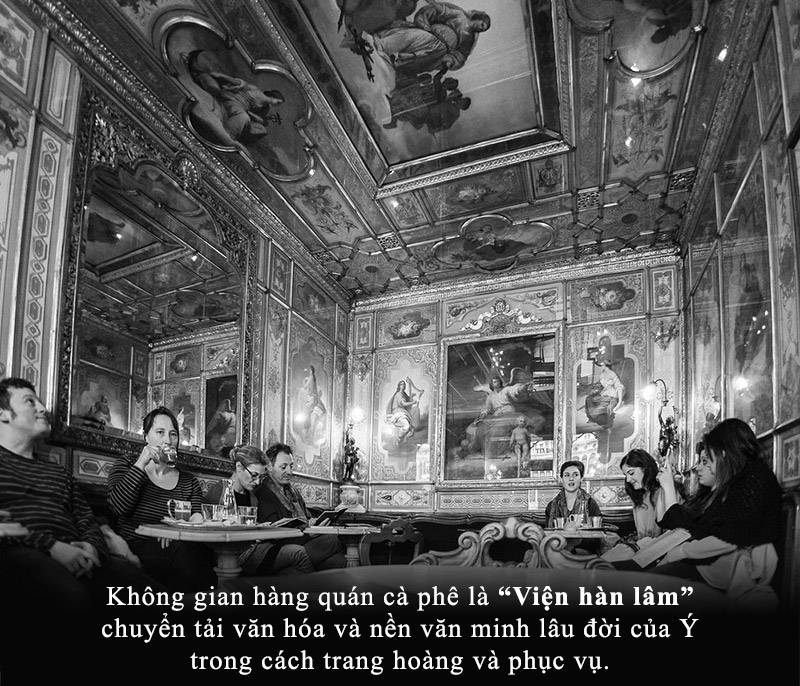
The cafe space is the “Academy” conveying the culture and long-standing civilization of Italy in decoration and service.
Talents of art, poetry, painting, and enlightened intellectuals such as Giuseppe Garibaldi (Italian national hero), Ugo Foscolo (one of the representative writers of Italian Romanticism), Pietro Verri (the founder of Milan Enlightenment)… gathered in cafes, to reminisce about a golden history, to think about turning the flow of the world, to recreate the splendor of a people that had once been the center of the world’s typical civilizations.
That atmosphere of coffee culture has nurtured and widely spread Italian progressive ideologies, from art and culture to economy and social organization… It can be mentioned as the Romantic school (Romanticismo), the Macchiaioli movement that recreates Italian art, the Futurist art movement (Futurism), the Transavanguardia art movement… all started and spread from cafes.
It is not an exaggeration to say that, for Italians, the cafe space not only is a time and place to enjoy the unique flavors of the unique bean, but also inspires and brews a beautiful fresh world for themselves and for the whole ethnic community.
Coming up: Italian-style coffee from a Moka pot to a cup of Espresso


